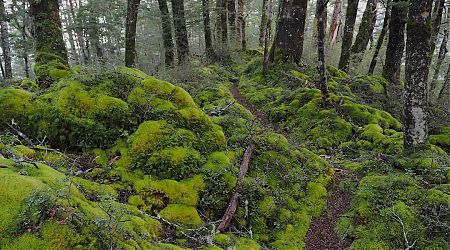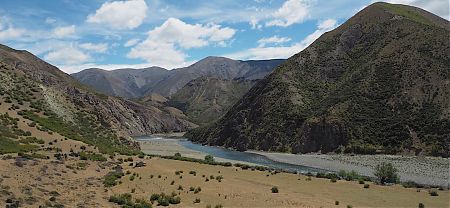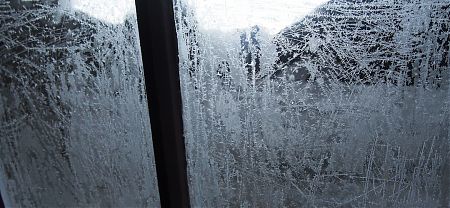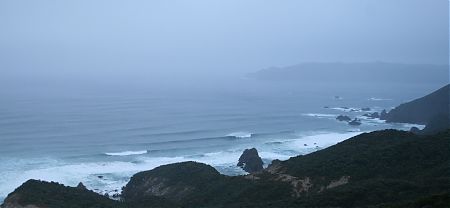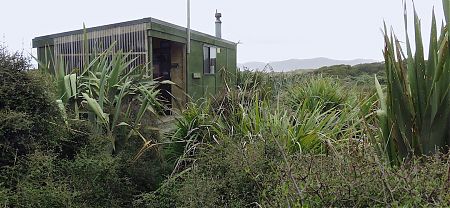An in-depth, full-on, all-you-need-to-know, but not-complete-hand-holding, guide to Te Araroa and 39 other multi-day tramping tracks and routes in the South Island and Rakiura.
Information on most of the useful stuff about tramping, various long-distance tracks and routes, mountain passes, huts, hut passes, etc. And plenty of images to get a feel of what any particular track or hut is like. Yeah, a heap of images.
Yay! Even suggestions about those questions mum likes to know:
Where to go? Here are a few ideas for multi-day tramps to get you going.
Even some Great Walks, although, frankly, they are all great walks. The very hard to get onto Milford Track, the scenic Routeburn Track, the terrific Kepler Track, the overly popular Abel Tasman Coastal Track, the diversity of the Heaphy Track, and the short Rakiura Track.
In the north, what about the highly recommended Travers-Sabine Track in Nelson Lakes National Park, the full Nelson Lakes circuit, or cutting that short by doing the Lewis Pass to St Arnaud straight through; wandering the Leslie-Karamea track in Kahurangi; the Alpine Route out the back of Nelson that leads over the tops to St Arnaud; or, heading Harpers Pass, through Lake Sumner Forest Park to Arthurs Pass National Park, the St James Walkway, or for something more demanding, the Harman Pass route.
There are a few non-Great Walks that can be accessed from Te Anau: the Greenstone and Caples Tracks, the Hollyford Track, and turning it into a circuit with the Pyke-Big Bay Route. And the beautiful Lake Monowai area.
Stewart Island/Rakiura is as good a place as any. There’s the Rakiura Great Walk, or the more energetic North West Circuit, perhaps adding on the Southern Circuit for the full Stewart Island experience. Don’t try the Tin Range route, getting as far south as you can by foot in New Zealand, unless you have plenty of tramping experience.
That’s a start, just to get you in the mood. More routes will be added over time, Dusky Track, etc.
What about the weather? Actually, there’s not much you can do about that.
What basic gear do you need? A pack, boots, and clothing in general. Clue: the lightweight, but robust, variety usually helps.
What other stuff, ie, maps and GPS, etc, is needed?
How about some camping equipment like a cooking setup?
Where are those 950 backcountry huts that you can use? And official DOC campsites. This website has information on about 415 of the most popular huts and campsites.
What to eat? Just in case you can’t make up your mind about what’s for dinner.
And, of course, what’s it likely to cost?
Do you need any more incentives?
You can always read about someone else’s Little Adventures:
beyond 47º S—the Tin Range to Port Pegasus,
85 days from Bluff to Ships Cove sort of on Te Araroa,
Tramping is a great way to experience the New Zealand landscape. Sure you can rip through the Great Walks but, maybe, that can wait until you turn 70. If you are keen to really experience the New Zealand backcountry, to have a trip to remember the rest of your life, you can get off the Great Walks, ie, overcrowded and manicured trails, into the lesser travelled parts that still have a decent level of amenity. More of a challenge, both physically and mentally.
An island as big as the South Island has plenty of tracks to explore that hack through massively scenic territory and have the benefit of plenty of solitude.
Maybe this website might just inspire you to get out there yourself. There’s a massive swathe of exciting terrain to explore.
And a heap of fun on your own Little Adventure.
Here’s a few random articles to get you started. This website has over 1500 informative pages to choose from . . .
